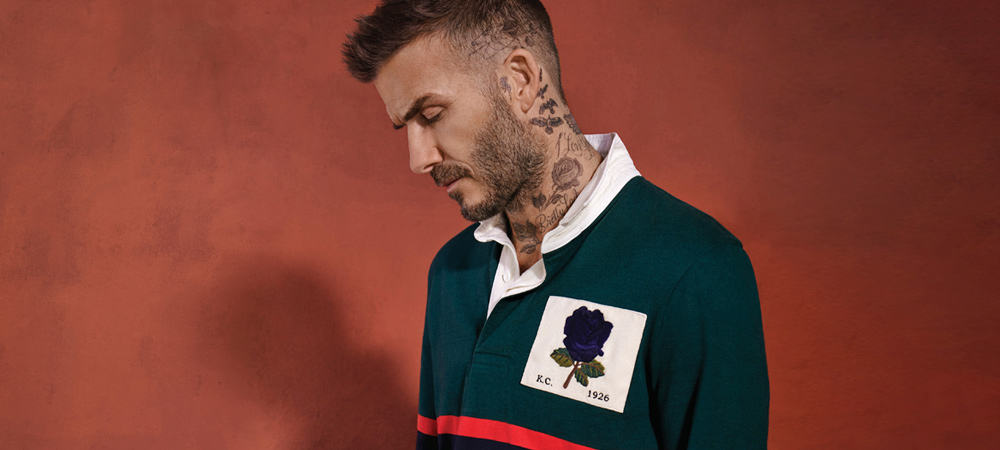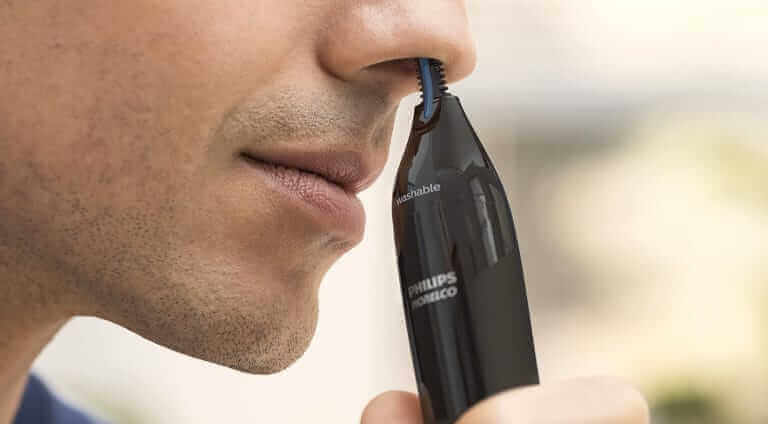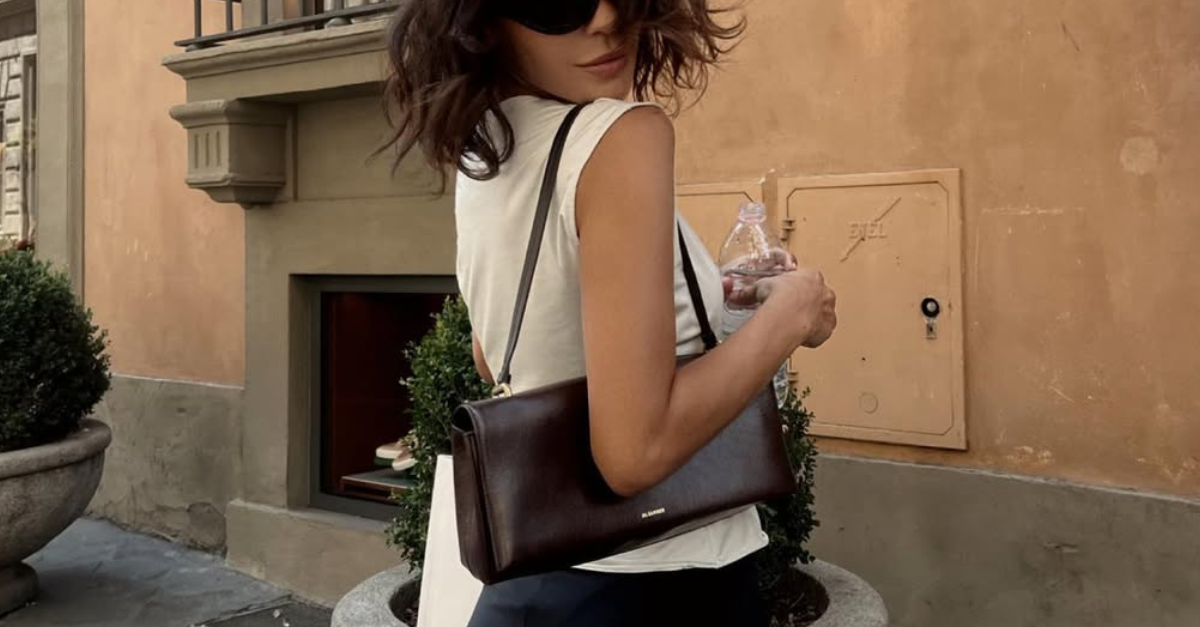6 Alternatives To Everyday Men’s Style Classics


We independently evaluate all recommended products and services. Any products or services put forward appear in no particular order. if you click on links we provide, we may receive compensation.
Variety is the spice of life, they say. And nobody wants an unseasoned casserole. Novelty, experimentation and the unfamiliar make things interesting. Even a diet of fillet steak and Lafite Rothschild gets dull without the odd hamburger and Pepsi chucked in for good measure. Similarly, your wardrobe should maintain a fine balancing act between the tried-and-tested and the unexpected. The classics are classic for a reason — they’re the foundation of any wardrobe, and will get you out of any number of tight spots. But that doesn’t mean you can’t supplement them with some alternatives from time to time. Here are a few to bear in mind.
The Classic: Chinos
The history of the now-ubiquitous chino is suitably international. Designed by a 19th-century British lieutenant during a campaign in the Indian sub-continent, the flat-fronted cotton kecks got their name in the Spanish-American war of 1898 from the Hispanic word for China, where their thread was sourced. Today, the smart-casual trouser has been taken up by almost every menswear tribe imaginable, from the preppy yachtsmen of Nantucket to the streetwear addicts of Harajuku.

The Alternative: Cargo Trousers
To many, cargo trousers conjure up unwelcome flashbacks to all the bad parts of the nineties. But the baggy stalwarts of that decade have now given way to a slimmer, altogether more elegant offspring — and well-tailored, understated cargo trousers can add a touch of utilitarian, continental style to any wardrobe. (Stone Island, J Crew, Mr P and Brunello Cucinelli all have their own winning takes on this throwback.)
How To Wear Them
Less is more with cargo trousers. Opt for an unfussy silhouette, and stick to fabrics that are true to their military roots — cargo joggers in fleece, for example, tend to fall well short of the ideal. Opt for a simple, semi-smart shirt up top, perhaps with a light jacket in understated charcoal or navy. Chunkier-soled footwear, like a country brogue or a Derby, can work well here as can shoes with a military subtle lean, like desert boots. (Overly bulky, infantry-style boots with cargo trousers can leave things looking a little Mad Max, however.)

The Classic: Oxford Shirt
The Oxford shirt was one of four prototypes invented by Scottish basket weavers in the 19th century (its siblings, the Cambridge, Yale and Harvard never quite caught on). Its distinctive soft-textured weave combined two yarns of different colours for a lightly marbled look, while its breathable cotton made it a firm favourite in the casual ensembles of Britain’s warmer colonies. (The shirt’s other defining feature, its button-down collar, was added by the polo players of the British Raj to stop their collars flapping about as they played). It rose sharply to prominence in the Ivy League uniform of the sixties, before trickling steadily into just about every modern male wardrobe via the jazz scene, the Mods of London and punk culture.

The Alternative: Grandad Collar Shirt
With its roots in the detachable-collared shirt of the early twentieth century (not to mention its aged nickname), the grandad collar shirt may seem more historical than contemporary. But the garment is utterly modern in that it easily and confidently transcends several dress codes at once — and often adds the vaguest touch of vintage appeal to an outfit.
How To Wear It
With its clean lines and timeless styling, a grandad collar can happily stand up under a crew neck sweatshirt, or sit below an unstructured blazer, or work in linen by the pool, or pair with chinos and smart sneakers for work. But understatement in each of these is key. The workmanlike roots of the garment (one origin story is with the factory workers of 1920s America) mean that it works best with simple, staple items like selvedge denim, refined bomber jackets and flat-fronted chinos.

The Classic: Polo Shirt
Another item with a longstanding sporting heritage, the polo shirt has weaved its merry way from the tennis courts of Wimbledon to the sailing yachts of the Riviera and the preppy enclaves of the American East Coast, and has long been a versatile counterpart to its short-sleeved brother. Its open weave pique cotton and three-button placket add an informal, sprezzatura touch to tailoring, though it can just as easily manage above shorts and boat shoes.

The Alternative: Rugby Top
Once the preserve of the off-duty Sloane Ranger or the retired gym teacher, the rugby jersey has had a resurgence of late, thanks largely to its uptake by designer houses and streetwear brands. Gucci, Ami and Thom Browne have all put out their own versions of the heavy twill, large collar, wide-striped shirt, and experimented playfully with its embroidered crests and clashing-colours. Tommy Hilfiger, Ralph Lauren and Hackett, meanwhile, have been happy to uphold the sporting side of things while nodding to the bold lettering adored by streetwear aficionados.
How To Wear It
The classic option of vintage, faded denim and loafers (often with a turn up on the trousers) lends a relaxed David Hockney-esque feel to proceedings, though the rugby jersey can work just as nicely with neutral coloured chinos and Scandi-minimal sneakers. Having only recently sprinted off the sports field and into men’s wardrobes, there are a few pairings to avoid when wearing a rugby top. Chiefly, joggers and flip-flops; and chino shorts and deck shoes, both of which scream Etonian toff.

The Classic: The Blazer
The blazer has its roots in the grand sporting traditions of England, specifically the rowing community (the name comes from the post-race sports jackets worn by the ladies boat club at St. John’s College, Cambridge, whose bright red hue was said to ‘blaze’ in the Henley sun.) Since then, it’s become a sign of either celebration or semi-formality wherever it’s worn, whether that be at a summer wedding or a business pitch. A softer, more modern alternative to the suit, the blazer’s real skill today is its ability to dress up or down — to sit just as happily above double pleated trousers as jeans.

The Alternative: The Field Jacket
A modern classic, the field jacket is as versatile as its military history suggests. It is to a new generation what an unstructured blazer was to an older one — suitable at home and abroad, in hot or in cold, with layers or without, dressed up or dressed down. Plus, it has that ineffable quality of all utilitarian and military garments: that it very rarely looks pretentious or like it’s trying too hard.
How To Wear It
Though the field jacket naturally tends towards a relaxed and unfussy wardrobe (plain tees, knits, jeans or casual chinos), it also works well as part of a more formal ensemble. The Italians in particular have made the combination of a safari jacket, pin-sharp trousers, shirt, tie and loafers part of their working uniform. Whatever you do, stick to more subtle, natural tones (navy, white, olive and stone). In the urban jungle, as in the real one, it pays not to stick out too much.

The Classic: Derby Shoes
The Derby is the relaxed and unfussy cousin of the straight-laced brogue — a more rough-and-ready, smart-casual option that works well with as well with jeans as it does with suit separates. Its status as an enduring classic is pinned to its popularity with a diverse range of menswear tribes. From Pitti Peacocks to Portland Punks, all hail the Derby.

The Alternative: Boat Shoes
A laid back shoe for the original men of leisure, the boat shoe was originally designed by explorer Paul Sperry to stop him slipping off his yacht (the wave-like grooves which give the sole its grip were inspired by the lined paws of Sperry’s dog.) As such, the boat shoe will always speak of a certain summer-y, insouciant charm — of holidays, and adventure, and celebration, and sporting fun. Naturally, they are a preppy stalwart first and foremost. But their versatile, smart casual styling (ultimately, they’re a mix of trainer and formal lace up) lends them true broad appeal.
How To Wear It
Though invented as a non-slip sports shoe for yachtsmen, the boat shoe now works in a wide range of habitats and dress codes. Try it with chino shorts and no-show socks on a warm summer’s evening, or below shorter swim shorts on holiday, or with rolled-up selvedge denim to work, or below a navy blazer and off-white trousers for a dose of nautical style.

The Classic: Raw Denim
Most think menswear addicts drool over raw denim, but they’d probably be too scared of interfering with its unique and natural makeup. Raw denim, by definition, is denim that is taken straight off the loom and dyed only — it’s not subjected, in other words, to the chemical and mechanical processes of high street jeans. As such, raw denim jeans are often made in small batches by expert craftsmen, with a corresponding depth of colour and vintage appeal.

The Alternative: Light Wash Jeans
Light wash jeans are the young pretender to raw denim’s deep blue — a brighter, more summer-friendly colourway that holds a certain nostalgic flavour, but feels fresh and modern at the same time. They can be subbed in for chinos (so long as they’re a uniform colour) or as a natty replacement for that South of France/ South Kensington favourite, white jeans.
How To Wear It
While raw denim can work happily with a blazer, light wash jeans in general favour a more casual look. Pair them with white or logo tees for a Breakfast Club/ Risky Business/ Ferris Bueller’s Day Off throwback, or with bold and bright knits and tees for a punchy spring/summer look. For footwear, chunkier brogues or Derbies work nicely, as do plain sneakers or classic one-colour Vans.

Read the original article here






